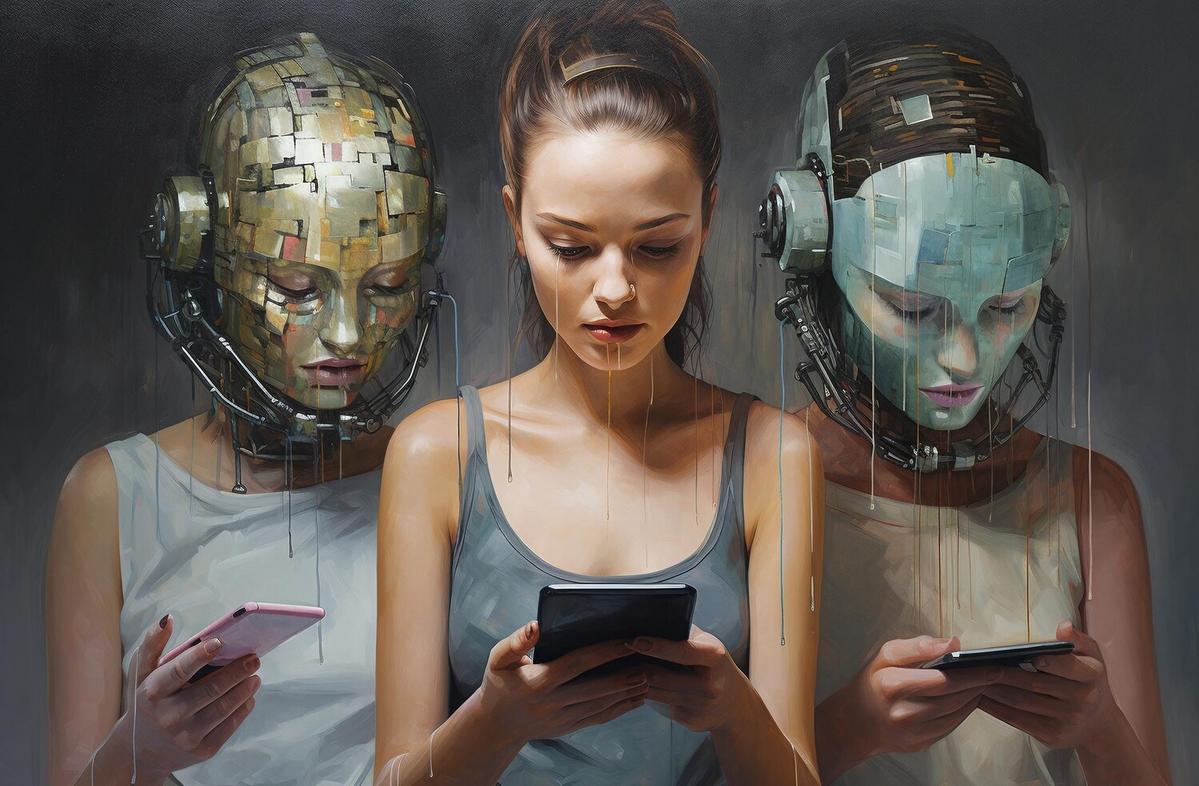The intersection of technology and creativity is witnessing a revolutionary shift, with artificial intelligence (AI) emerging as a powerful tool in art creation. This convergence is reshaping the traditional boundaries of art, offering new avenues for expression and innovation.
Artificial Intelligence is not just a tool for automating mundane tasks; it is now a collaborator in the creative process. Artists and technologists are exploring AI’s potential to generate artwork that challenges conventional aesthetics and introduces novel concepts. This trend is gaining momentum, as evidenced by AI-generated artworks being featured in galleries worldwide and even fetching high prices at auctions.
The Role of AI in Artistic Innovation
AI’s ability to analyze vast datasets allows it to mimic artistic styles and create unique pieces. According to a study published in the Journal of Aesthetic Education, AI can learn from thousands of artworks, enabling it to produce art that resonates with human emotions. This capability is expanding the possibilities for artists, allowing them to explore new styles and techniques.
“AI is like a new brush in the artist’s toolkit,” says renowned AI artist Mario Klingemann. “It doesn’t replace creativity but enhances it by offering new perspectives.”
Exploring AI Art: A New Frontier
One of the most famous examples of AI in art is the portrait “Edmond de Belamy,” created by the Paris-based art collective Obvious, which sold for $432,500 at auction. This demonstrates the growing acceptance of AI as a legitimate art form. Furthermore, platforms like Artbreeder and DeepArt are making AI art creation accessible to amateurs and professionals alike, encouraging experimentation and collaboration.
Table: Comparison of Traditional Art vs AI Art
| Aspect | Traditional Art | AI Art |
|---|---|---|
| Creation Process | Manual, skill-based | Automated, algorithm-driven |
| Time Required | Varies, often lengthy | Typically faster |
| Cost | Materials and time | Software and computing power |
| Style | Artist-specific | Data-driven, diverse |
| Innovation | Incremental | Rapid, experimental |
| Human Touch | Direct | Indirect, mediated by AI |
| Market Acceptance | Established | Emerging |
| Collaboration | Limited to human partners | Includes AI as a partner |
Actionable Tips for Artists
- Experiment with AI tools to explore new artistic styles and techniques.
- Collaborate with technologists to understand the capabilities and limitations of AI in art.
- Stay informed about the latest developments in AI art to inspire your creative process.
Frequently Asked Questions
How can AI enhance my art creation process?
AI can provide new styles, automate repetitive tasks, and offer creative suggestions, allowing you to focus more on the artistic vision.
Is AI-generated art considered original?
Yes, AI-generated art is considered original as it combines data-driven insights with creative algorithms to produce unique pieces.
Can AI replace human artists?
No, AI is a tool that complements human creativity. It can generate ideas and styles, but the artistic vision and interpretation remain human domains.
Conclusion
As AI continues to evolve, it is becoming an integral part of the art creation process, offering artists new ways to express themselves and reach broader audiences. By embracing AI, artists can push the boundaries of creativity and innovation, ensuring art remains a vibrant and dynamic field. Whether you’re a seasoned artist or a newcomer, exploring AI’s potential could unlock new dimensions in your creative journey.


Leave a Reply